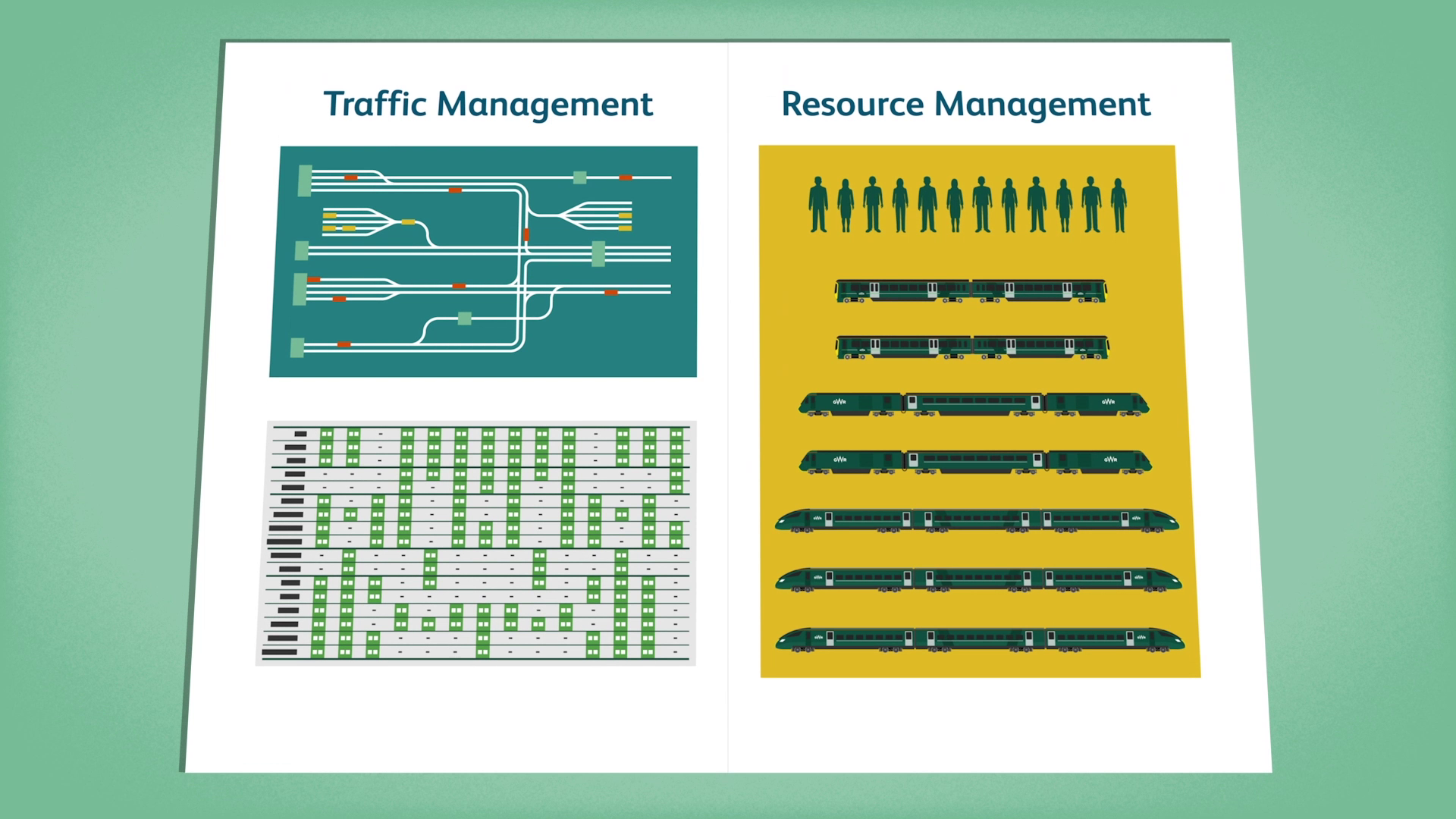Fewer delays and cancellations for passengers following launch of innovative pilot scheme

Network Rail has launched a new pilot project that integrates its traffic management system with Great Western Railway’s crew and stock resource management system – a first in the UK rail industry.
This project is the latest example of the rail industry putting passengers and freight users first, by integrating Worldline’s crew and stock software ‘Integrale’ with the railway traffic management system ‘Luminate’, which has been developed by Resonate.
The £4m pilot, which has been funded by Network Rail and the Department for Transport’s (DfT) National Productivity Investment Fund, will operate on Network Rail’s Western route between Paddington and Bristol, Reading and Oxford. However, the benefits of this will be felt across GWR’s train services, which operate across the Western route, from Paddington to Penzance and including services in Devon, Cornwall, Oxfordshire, Thames Valley, the Cotswolds, Wiltshire and South Wales.
The Luminate traffic management system was first deployed on Network Rail’s Western route in 2018. The integration of the Integrale crew and stock software with Luminate will put real-time information all in one place. This will enable Network Rail and GWR colleagues to have the same view of the train plan and allocation of rolling stock and crew in one system.
Whether services are on time or delayed, this upgrade will make it much easier to identify resource conflicts and service shortfalls. Through visual indications and data sharing, this project will empower Network Rail and GWR colleagues to manage and deliver train stock and services across the Western Route more collaboratively than before.
Upon the completion of this pilot in February 2022, the results will be assessed and shared with the rail industry. The second phase of the project – scheduled the start in April 2022 – will follow on and see the introduction of a Connected Driver Advisory System (CDAS), providing live information to drivers in the cabs of Class 387 and 802 GWR trains. This will enable them to receive messages, informing them of changes to the schedule or the route and stations to call at.
